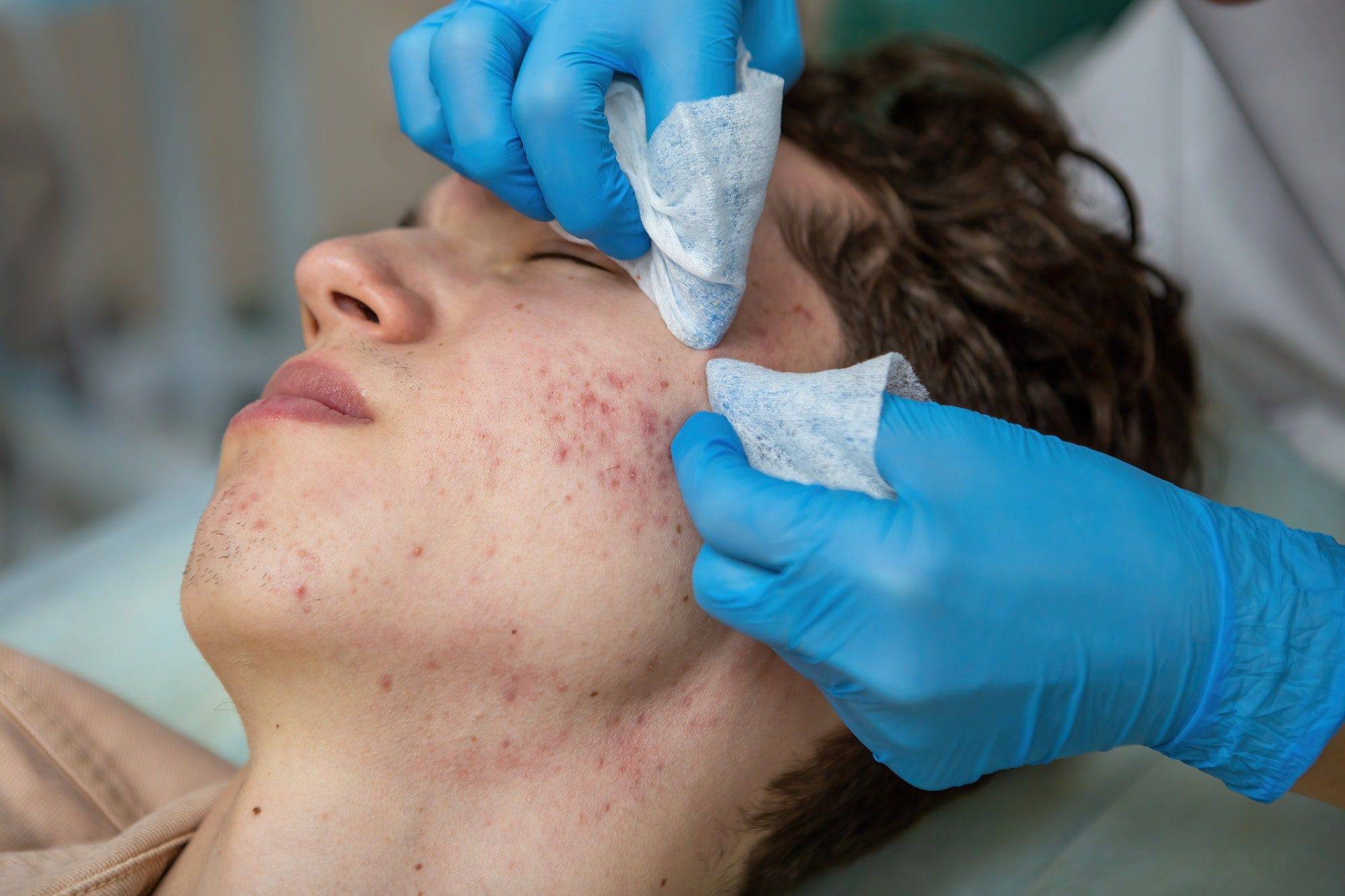
After severe acne, the skin may acquire permanent indentations or changes in texture known as acne scars. Breakouts harm the underlying tissue when they pierce the skin deeply. Scars form if the body produces too little or too much collagen, which is how it tries to mend itself. Acne scars can change the texture and tone of the skin by showing up as pigmentation markings, elevated spots, or depressions.
When inflammatory acne lesions, including cysts, pustules, or nodules, harm the skin’s deeper layers, acne scars are created. Collagen is produced throughout the healing process, but an imbalance in this process results in many kinds of scars :
Atrophic scars are depressed scars brought on by inadequate collagen synthesis. These scars, which appear as pits or indentations, are caused by the skin’s insufficient production of collagen during the healing process. They are frequently observed in people who have inflammatory acne. Three forms of atrophic scars can be distinguished: rolling scars (which have a wavy or undulating appearance), boxcar scars (which are broad with distinct borders), and ice pick scars (which are deep and narrow). Since a lack of collagen causes these scars, treatments aim to increase collagen production in order to restore a smoother skin texture.
Elevated scars brought on by an overabundance of collagen. Hypertrophic scars, as opposed to atrophic scars, develop when the body overproduces collagen in reaction to skin damage. These scars, which manifest as thick, solid, elevated bumps on the skin, usually stay inside the initial acne lesion’s bounds. Because the skin is thicker on the jawline, back, and chest, they are more prevalent there. Although hypertrophic scars may become less noticeable with time, they frequently need to be lessened with medical procedures like laser therapy or corticosteroid injections.
After acne heals, dark spots may remain but may eventually go away if therapy is not received. PIH is characterized by brown, red, or purple skin discoloration that results from acne-induced increased melanin production. Depending on skin type and sun exposure, PIH can take months or even years to disappear, although unlike actual scars, it does not change the texture of the skin. In order to restore uniform skin tone and accelerate the fading process, sun protection and procedures including chemical peels, laser therapy, and brightening agents are recommended.
By picking acne inflammation and bacterial spread, picking or squeezing acne raises the risk of scarring. Scarring can be less likely with early intervention and proper acne control.
To what extent are acne scars normal?
Particularly for those who are prone to inflammatory acne, acne scarring is a normal aspect of the healing process. Without treatment, some scars become permanent, while others gradually disappear. Genetics, skin type, the severity of the acne, and whether the acne was picked up or treated appropriately are some of the variables that affect the chance of scarring.

Laser Toning
Non-invasive laser treatment for pigmentation, acne marks, and dullness.
- Session Duration: 20–30 minutes
- Sessions Required: 4–6 sessions
- Gaps Between Sessions: 2–4 weeks
- Results In : Clear, Rejuvenated skin
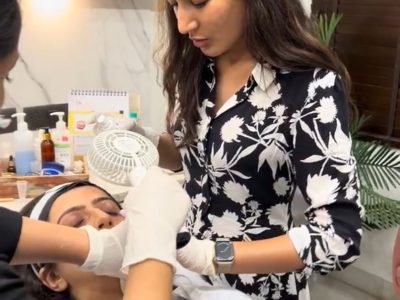
Chemical Peels
Exfoliates dead skin, improves acne, and reduces pigmentation.
- Session Duration: 20–30 minutes
- Sessions Required: 3–6 sessions
- Gaps Between Sessions: 2–4 weeks
- Results In : Smooth, Glowing skin
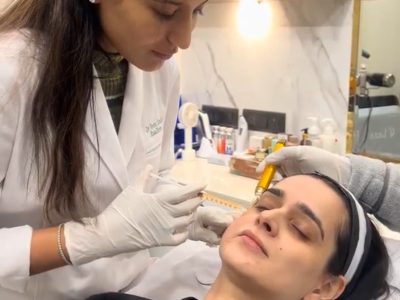
Vampire Facial
Advanced growth factors micro needling for active acne and texture improvement.
- Session Duration: 45–60 minutes
- Sessions Required: 3–4 sessions
- Gaps Between Sessions: 4–6 weeks
- Results In : Firmer, Youthful Skin
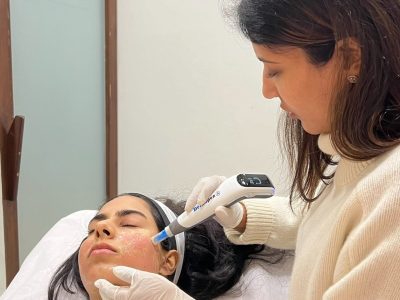
Demra Pen-4
A micro needling session that infuses skin with nutrients to repair and restore scarred areas.
- Session Duration: 30 minutes
- Sessions Required: 4–5 sessions
- Gaps Between Sessions: 2–3 weeks
- Results In : Revitalized, Refined skin
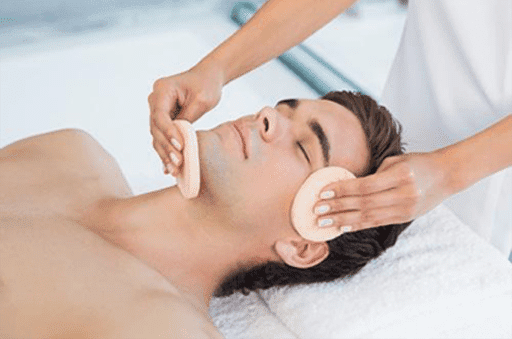
Microdermabrasion is a minimally invasive procedure used to renew overall skin tone and texture.
Session Duration: 30- 45 mins
Sessions Required: 7- 8
Gap between sessions: 7- 8
Sessions Required: 4 hours
Results: Takes a month

The treatment uses DermaFrac, which is a micro-needling (skin needling) machine that offers simultaneous delivery of infused ingredients in a pain-free manner without any downtime.
Session Duration: 30- 45 mins
Sessions Required: 7- 8
Gap between sessions: 7- 8
Sessions Required: 4 hours
Results: Takes a month
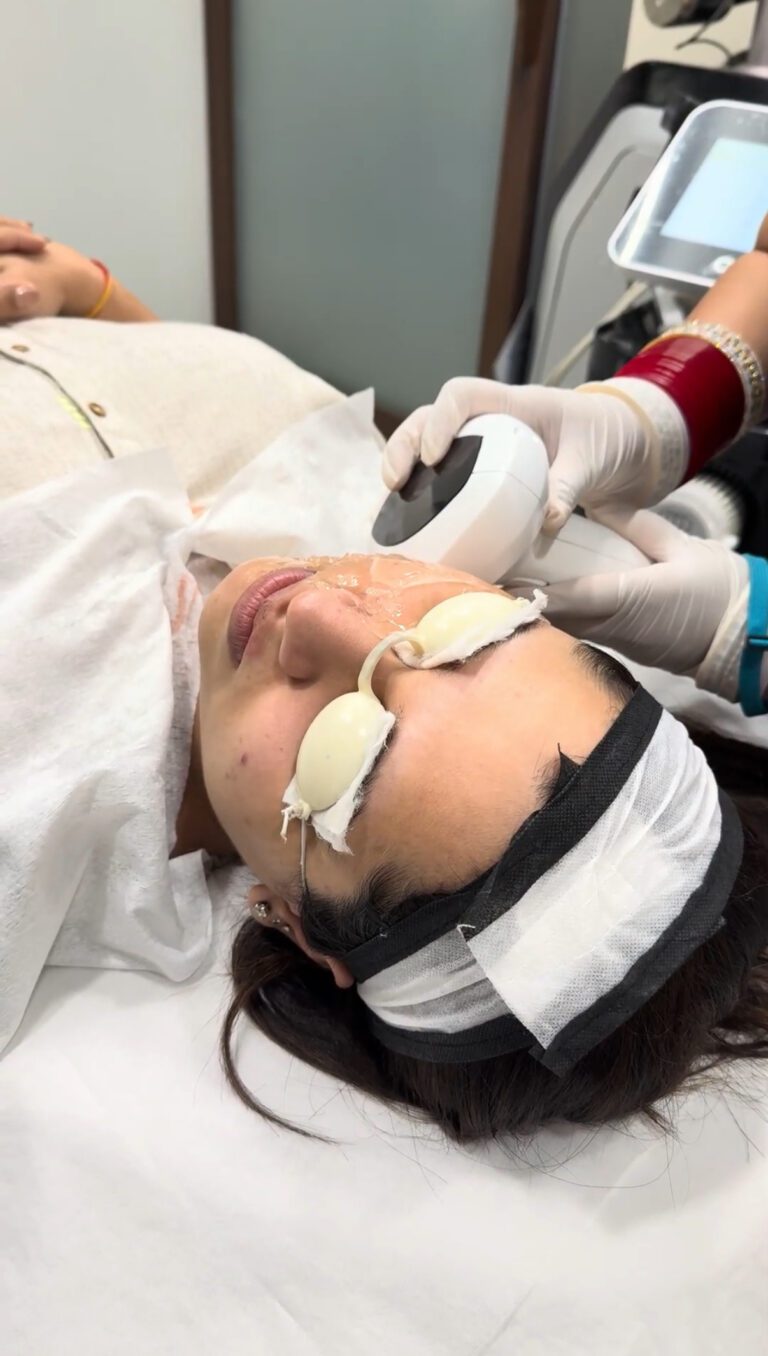
Transform your skin and reveal its natural radiance with Lumecca Photofacial, a revolutionary IPL (Intense Pulsed Light) therapy designed to tackle pigmentation, redness, and uneven tone with precision and care.
Session Duration: 30- 45 mins
Sessions Required: 3-5
Gap between sessions: 7- 8
Results In: Brighter, even-toned skin
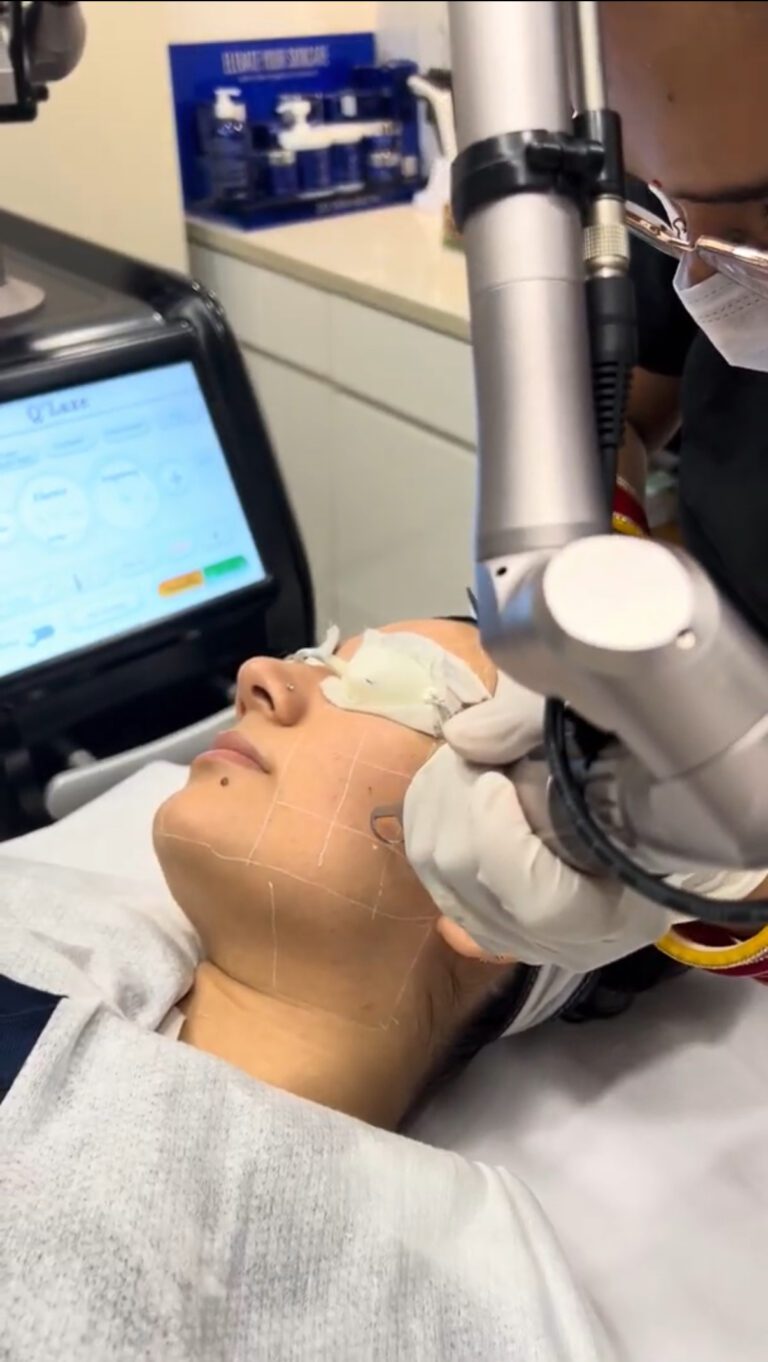
Laser toning is a non-invasive treatment to brighten skin, reduce pigmentation, and rejuvenate your complexion, offering effective results with minimal downtime.
Session Duration: 20- 30 mins
Sessions Required: 4-6
Gap Between sessions: 2- 4 weeks
Results In: Clear, rejuvenated skin
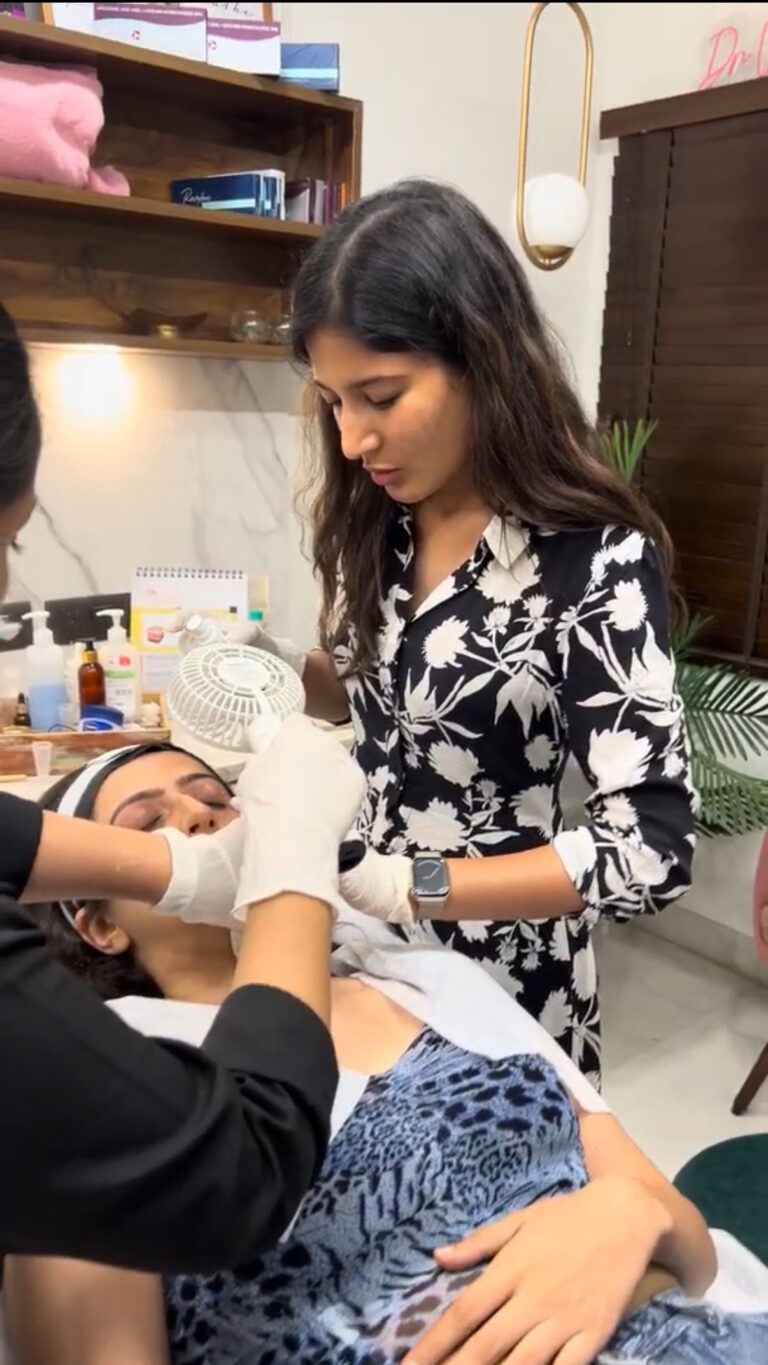
Chemical peels exfoliate and rejuvenate the skin, addressing acne, pigmentation, and fine lines for a smoother, youthful appearance.
Session Duration: 20- 30 mins
Sessions Required: 3-6
Gap between sessions: 2- 4 weeks
Results In: Smooth, Glowing Skin
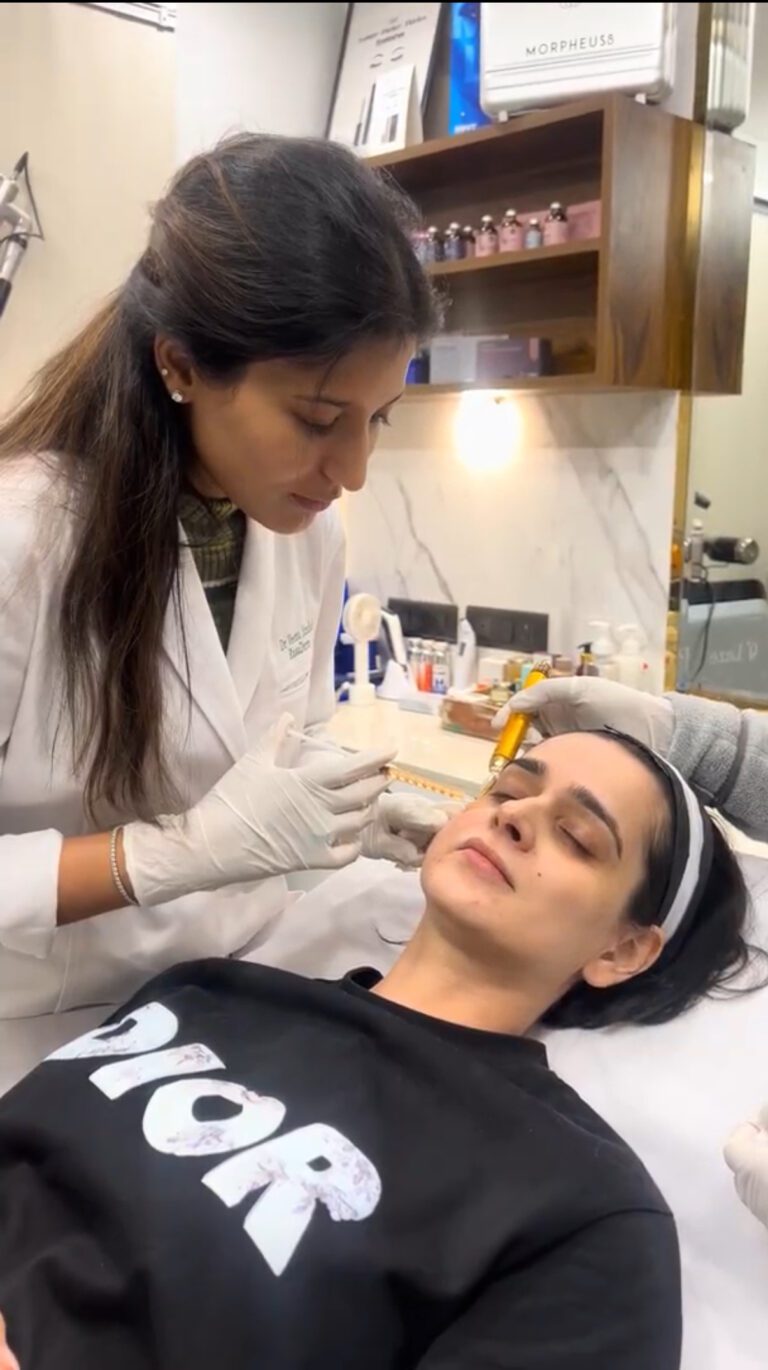
Experience youthful, radiant skin naturally with the Vampire Facial, using PRP therapy to boost rejuvenation.
Session Duration: 40- 60 mins
Sessions Required: 3-4
Gap between sessions: 4- 6 weeks
Results In: Firmer, Youthful skin
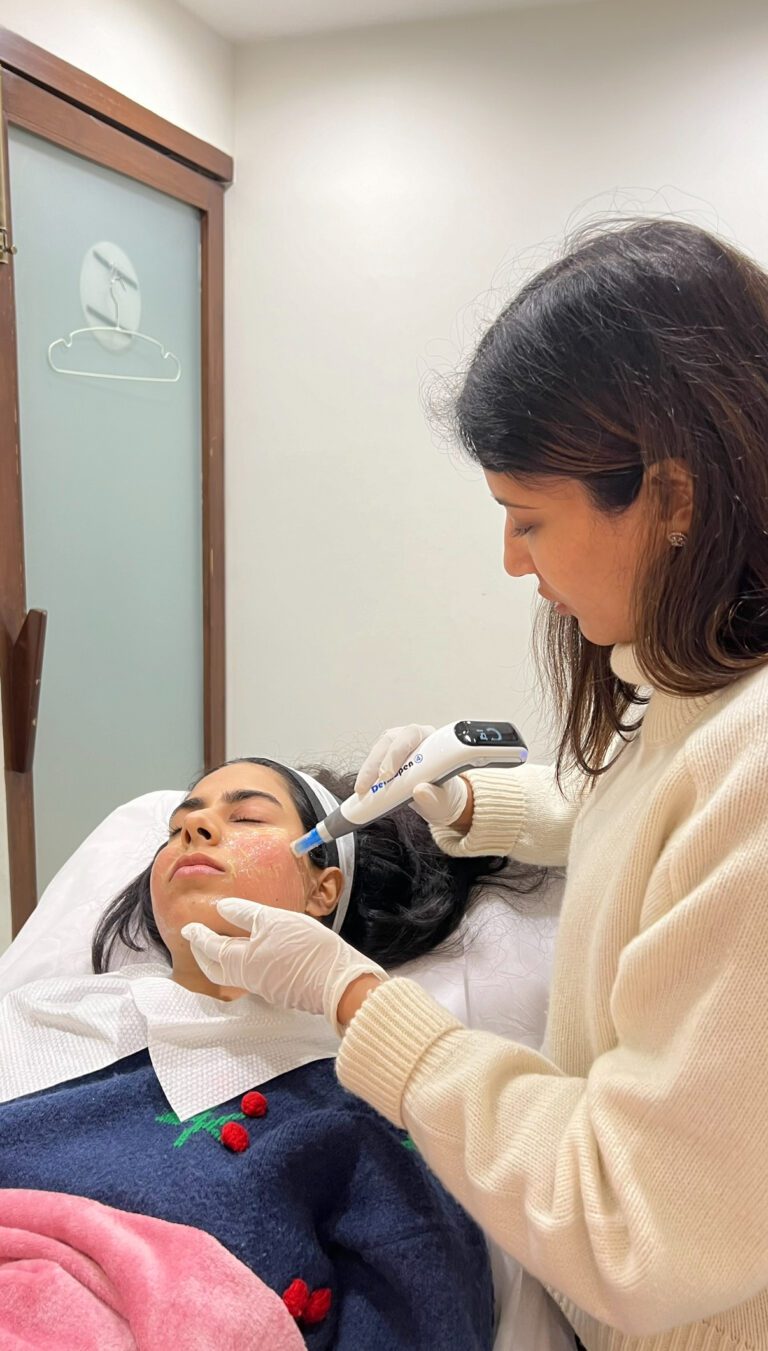
A micro needling session that infuses skin with nutrients to repair and restore scarred areas.
Session Duration: 30 mins
Sessions Required: 4-5
Gap between sessions: 2- 3 weeks
Results In: Revitalized, Refined skin
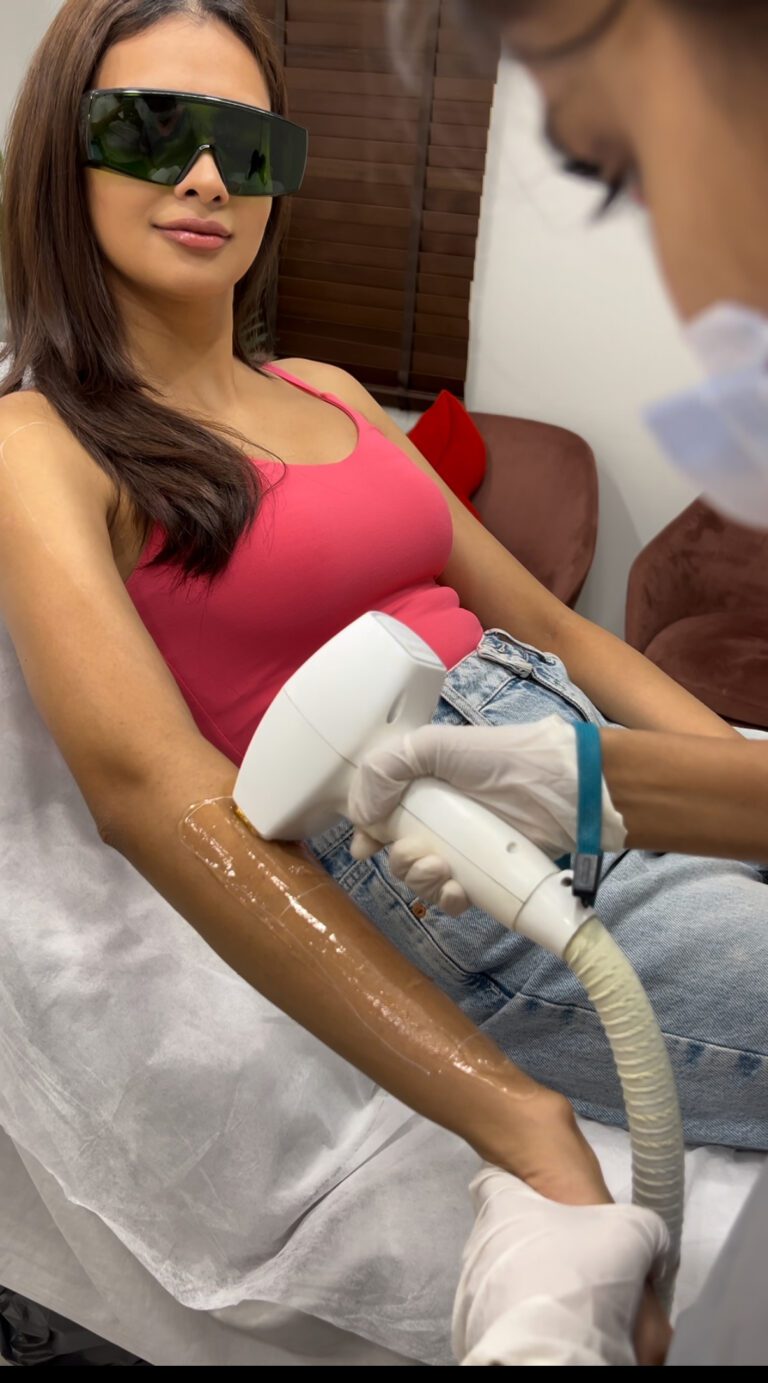
A long-term solution that reduces hair growth significantly
Session Duration: 20–60 minutes
Sessions Required: 6–8 sessions
Gap between sessions: 4–6 weeks
Results In: Smoother skin, Reduced hair growth
Acne is most often seen in teenagers and young adults and disappears on its own at the end of puberty. However, if you continue to struggle with acne as an adult, it probably needs medical attention. Almost all acne can be successfully treated. It is just a matter of finding the right treatment for your skin type.
Pimples are symptoms of acne. Acne is a condition affecting the skin’s hair follicles and oil glands.
Yes. Even after thoroughly cleansing the make-up and taking care of your skin, it is normal to have acne once in a while. If you find that it’s occurring too frequently, please seek the advice of a medical professional.
Acne scars do not go away on their own. Depressed or scratched acne scars are often noticeable with age. However, there are a number of treatments like MNRF (Micro Needling Radio frequency), chemical peels, fractional lasers or Growth Factor Concentrate (GFC) that can make the scars less noticeable.

